
by Kevin T McEneaney
Daffodils, the common peoples’ tulip, were in full bloom on the lawn outside of Sosnoff Theater at Bard College this past Sunday afternoon with the sun shining brightly as a prelude to this exciting Spring program. The Dawn of Spring (1911) by Egon Wellesz, an early piece influenced by Claude Debussy, opened the concert. The Austrian composer and musicologist Wellesz wrote about 130 works, including nine symphonies and five operas.
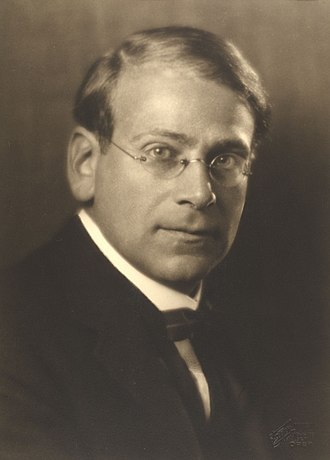
The Dawn of Spring was an elegant eight-minute mood piece written at the age of twenty-five that articulated the anticipation and arrival of early spring with confident curiosity and awesome wonder. I was not familiar with this work which I found to be so enchanting! The notes of this tone poem in the last movement held a lingering resonance that was effectively memorable.
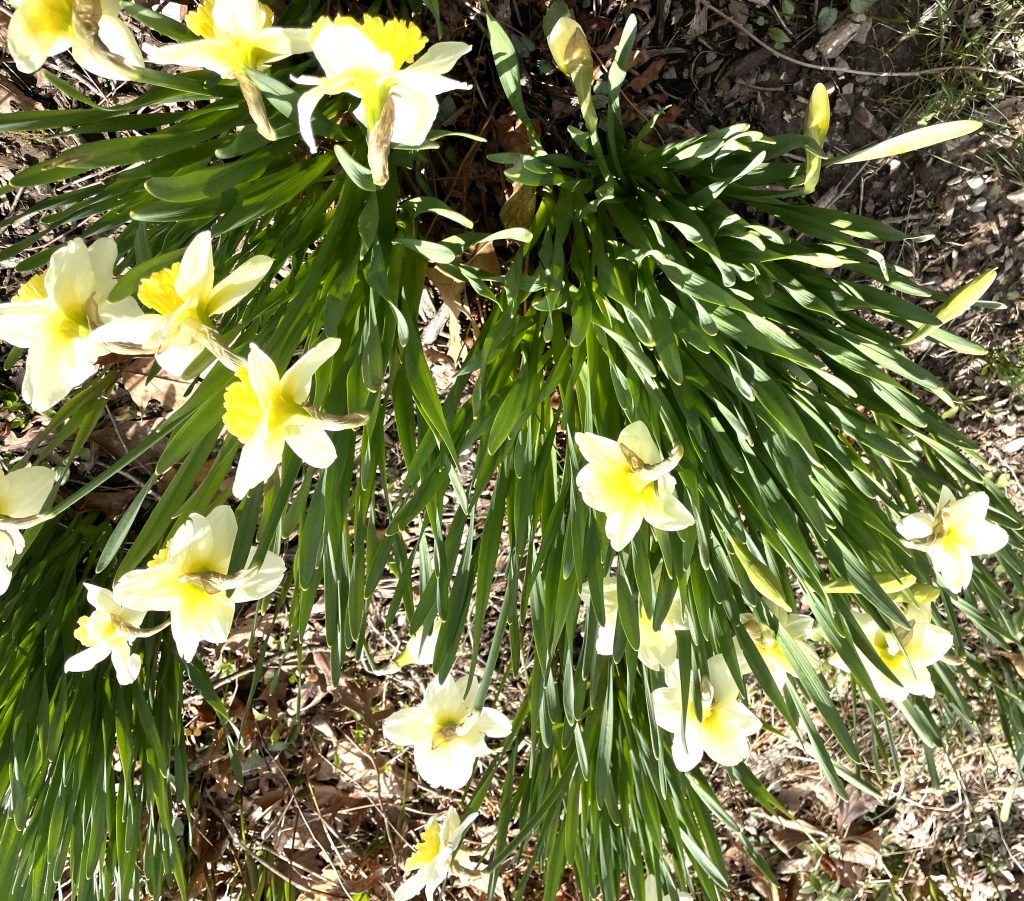
Symphony No. 6 in F (1808) by Ludwig van Beethoven, Pastoral, with Dr. Leon Botstein still directing from the podium. This symphony remains one of those singular masterpieces that one may happily visit more than once. Written when deafness was approaching Beethoven, we may judge that Beethoven’s love of nature was enhanced by his solitary life of seclusion—it was a release valve for his hermetic self-imposed loneliness as he discovered a childlike delight in re-visiting the countryside. In an 1809 letter Beethoven said that the symphony was “more the expression of feeling than tone painting.” The concept of combining pictorialism with praise for the Creator had been popularized by Haydn’s great oratorio The Seasons (1801). Beethoven conjures the refined exultation one feels amid fields, rural paths, gurgling streams, and blooming flowers, yet he was able to elevate the music beyond what the current popular trend labeled program music.
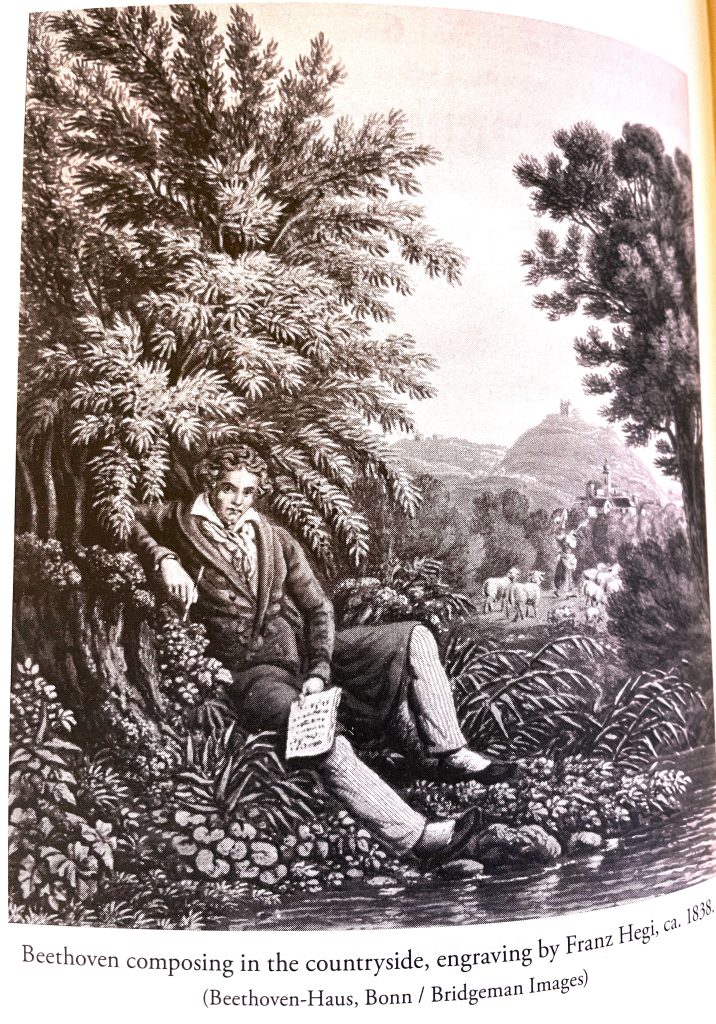
During the first movement, graceful violins led by Concertmaster Chance McDermott floated the audience into a gentle breeze. Zachary Gassenheimer on clarinet was suavely lyrical; in the second movement Tori Boell on French horn offered eloquent nuance; in the third movement Michael Halbrook leading the violas supplied the genial tone of people picnicking in the countryside and chatting with laughter; Forrest Albano on trumpet with other horn players supplied excitement (and the cellos, lead by Amelia Smerz, gravity) in the stormy fourth movement along with shivering timpani by Psi Hsien and Nick Goodson, as well as vibrant percussion by Petra Elek; with the relieving aftermath of the storm in the fifth movement the soothing violins brought us back to the relief of ordinary time with sunshine and satisfaction of surviving the tempest. At that time the traditional symphony had four movements, yet this fifth movement delivers superior satisfaction.
The Rite of Spring (1913) by Igor Stravinsky was the third ballet that Diaghilev commission from Stravinsky, yet today this work, which was premiered in Paris, is far more performed as a noted orchestral masterwork with thirty-seven minutes of arresting sound. When composing, Stravinsky said that he did not “think” about composing but hoped “to leap a little in my spirit.” There is much leaping in The Rite of Spring which presents a primitive pagan fantasy about the abuse of women amid tribal ritual.
Like the poet W. H. Auden, whom Stravinsky befriended, Stravinsky was a stern moralist. While this work is an electric satire on paganism, no such ritual of sacrificing a young virgin at Springtime has ever been recorded, except in this arresting symphony of thirty-seven minutes.
On the subject of pagan sacrifice of humans, which did occur among the Phoenicians and some other tribes around the globe, it might be more accurate to say that human sacrifice was more common among men. Geneticists note that between 5,000 BC and 3,000 BC, there were in Asia, Europe, and Africa about seventeen women living for every man due to the male ego-recreational hobby of warfare, which still exists to this day….
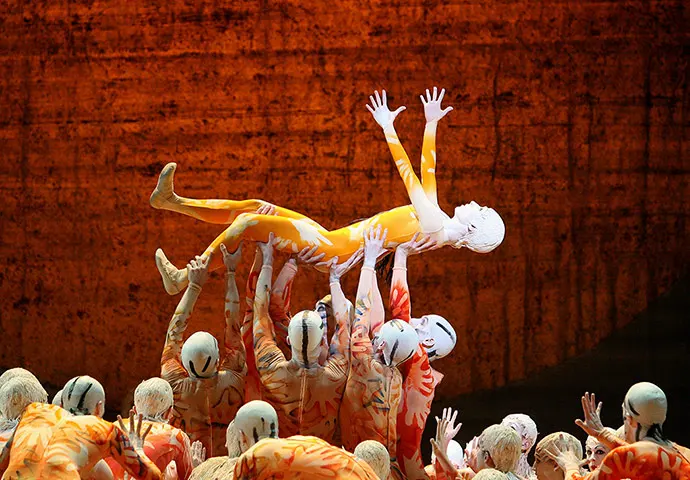
Violinist Samuel Frois who introduced eloquently this work observed that tempo was key to the successful production of this amazing composition. Yes, they had the tempo nailed down and the audience was in for a memorable ride through the dance of the virgin girls, an abduction of a girl, the procession of ignorant and bitter shaman, and to the Chosen Victim who is momentarily worshiped before being executed in bloody sacrifice!
This riveting, yet astonishingly bleak symphony, may have as its source the birthplace of Igor Stravinsky: Oranienbaum (German, for Orange Tree) on the southern coast of the Gulf of Finland, thirty-one miles west of St. Petersburg where one might feel that one’s life was being sacrificed to the vicious elements of nature.
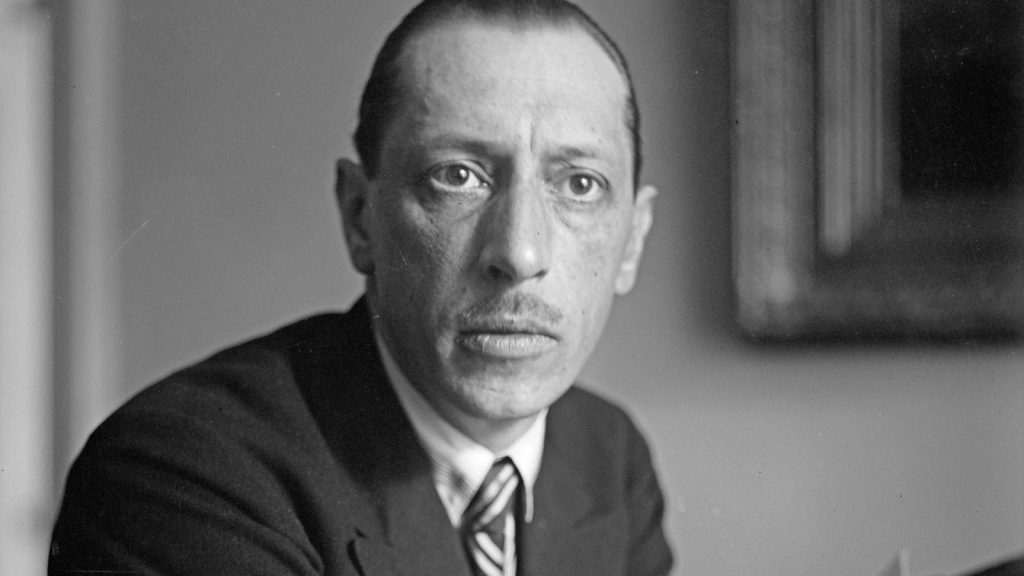
Stravinsky contacted the painter Nicholas Roerich, who was reputed to be something of an expert on Old Slavic myths and customs, which were housed in his mystic pictorial imagination and nightly dreams. Roerich provided most of the titles for the varied movements of this musical masterpiece.
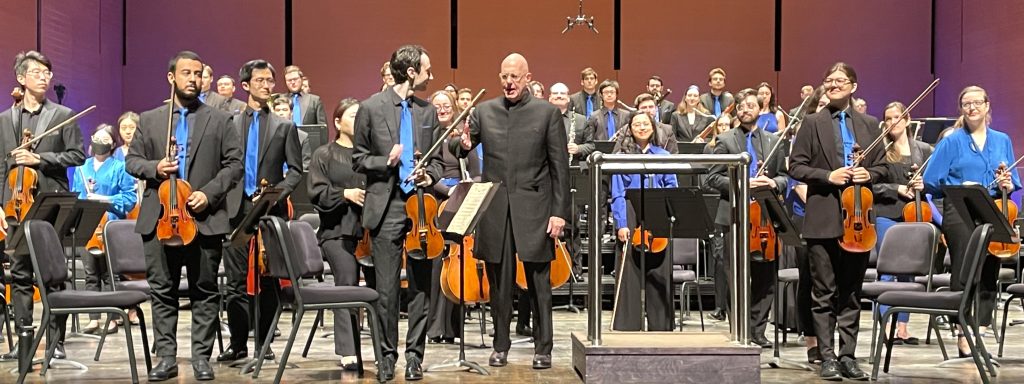
The Rite of Spring is about dance and those tempos exist beyond exhilaration, offering one of the most fantastic musical experiences that are available from an excellent orchestra, and The Orchestra Now delivered that A+ performance with authority!